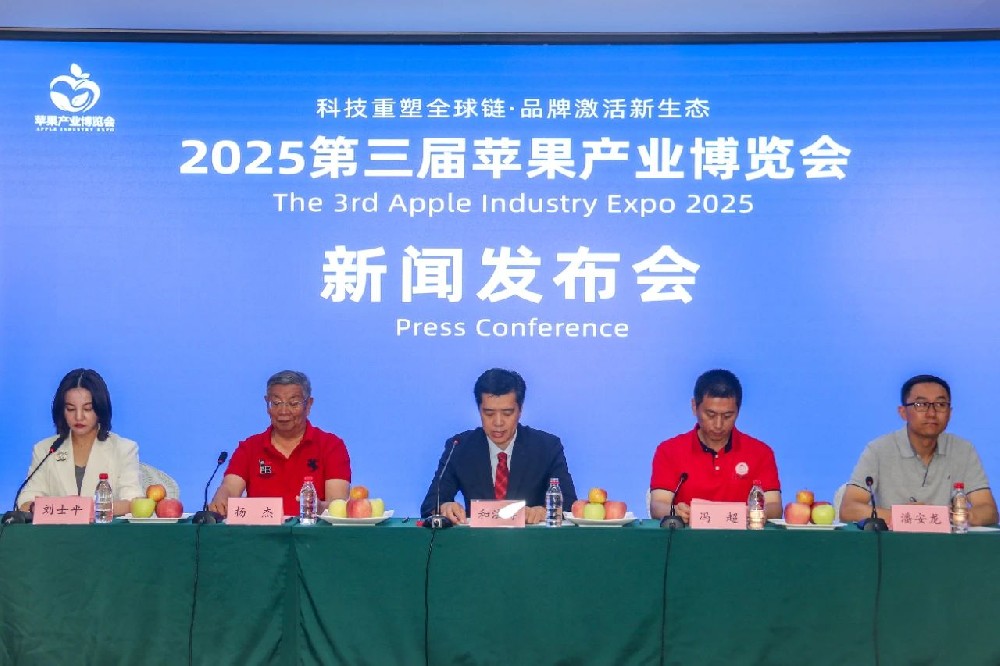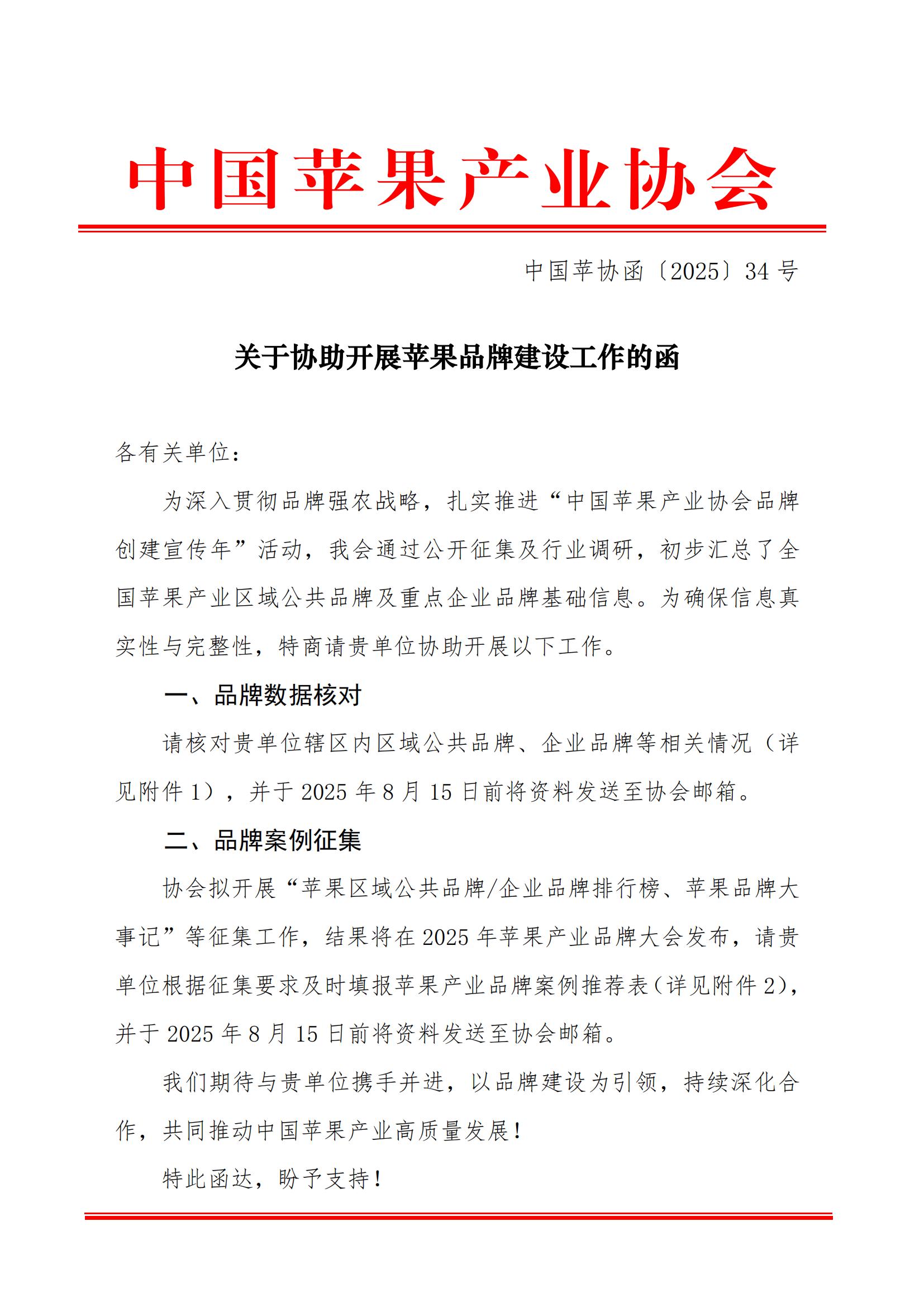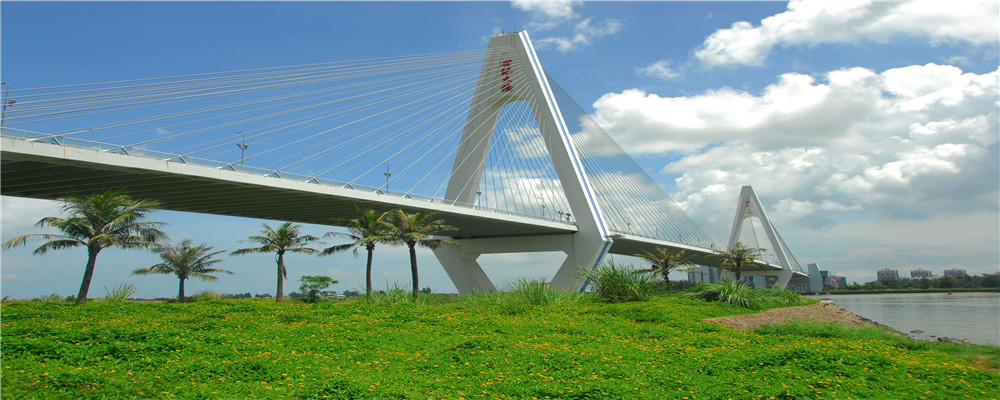The key technology to extend the storage and shelf life of Saiwaihong apples
发布日期:2020-09-03 点击次数:322
Saiwaihong, also known as Jinxiu Begonia and Sophora, is a new small apple variety selected by the Tongliao Academy of Forestry (Figure 1). The fruit of this variety is broad cone-shaped, resembling a chicken heart, with a light yellow skin background, bright red when it is nearly ripe, and dark red when it is ripe. The flesh is delicate, crisp, sweet and sour, with a strong fragrance. The soluble solid content is 16.5%~21.5%, the soluble sugar content is 13.6%~16.5%, the titratable acid content is 0.735%~0.900%, and the vitamin C content is 140.0~180.5mg/kg. This high sugar, high acid, high vitamin C and good quality small apple with Chinese characteristics is deeply loved by consumers.
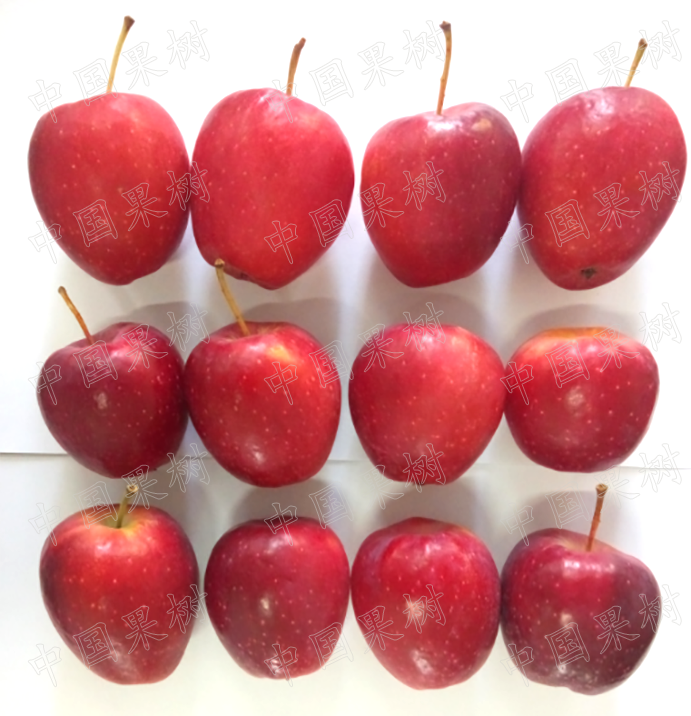
Figure 1 Appearance of Saiwai red apple
The Saiwai red apples are ripe in the high temperature season, and the fruits will become soft and soft when stored under natural conditions for about 8 days after harvest, and lose their edible value. They can only be stored for 30 to 45 days at low temperatures, and the storage and shelf life is short. Apple storage and preservation technicians from the Institute of Fruit Research, China Academy of Agricultural Sciences have conducted experimental research and field investigations in recent years and found that these red apples are prone to peel cracking, sandy flesh (Figure 2), and tissue browning (Figure 3). ), the quality of the fruit is degraded, such as water loss and flavor decline, which cause certain losses to fruit growers or storeholders and affect the healthy development of the industry. This article focuses on the key technologies for maintaining the quality of red apples in Northeast China, and prolonging the storage or shelf life, so as to provide reference and reference for the storage and preservation of small apples in Northeast China.

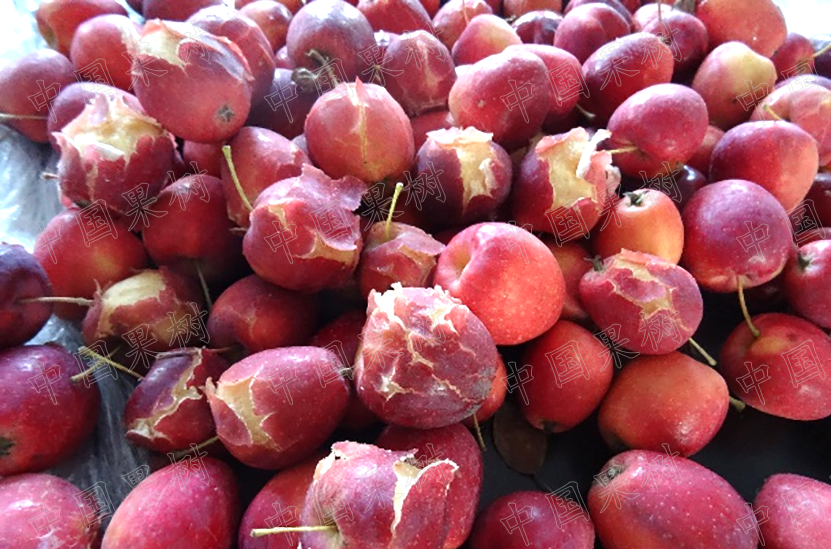
Figure 2 Symptoms of peeling cracking and sandy pulp of Saiwai red apples
Timely harvest without injury
Early harvest, low fruit maturity, the peel color did not reach the expected color (Figure 4, harvested on August 27), and the flavor was not good; the harvest was late, although the color was dark red (Figure 4, September 17 Harvested daily), good quality and flavor, strong aroma, but poor storage capacity, peeling cracks during storage, soft pulp, short shelf life. Therefore, proper harvesting (appropriate maturity) is very important for storing apples.
The harvest period or harvest maturity of the red apple can be determined according to the length of the storage period or market demand. Apples stored or sold fresh within 45 days can be harvested when they are fully ripe. The soluble solid content is above 18.5%. It is recommended that Tongliao City or areas with similar climates should be harvested on September 10-15. It can be postponed for 1 to 2 days, not too late. . Store the red apples outside the Great Wall for 45~120 days (Figure 5). It is recommended that Tongliao City or areas with similar climates should be harvested from September 5 to 10 (Figure 4, the middle two columns). It can be picked early or 1~2 days later. The conditions are met at harvest: the fruit growth period is about 125 days, the color of the peel is red or deep red (Figure 5), and the soluble solid content is 16.5%-18.5%. Fruit storage should follow the principles of late harvest and first sale (late harvest and short storage), early harvest and late sale (early harvest and long storage).
Because the red apples have thin skins and are easily damaged, special attention should be paid to avoiding human injuries such as touching, pressing, puncturing, rubbing, smashing, etc., and reducing the frequency of changing boxes to reduce fruit rot and deterioration during storage.
Pre-cooling
Pre-cooling is a key part that affects the storage and preservation of red apples outside the Great Wall. It is recommended to pre-cool the fruits as soon as possible after harvest. Studies have shown that the longer the storage period, the greater the impact of delayed pre-cooling (or no pre-cooling) (Figure 6).
Storage temperature and humidity
The storage temperature of the red apple should not be too low, otherwise the peel will be easy to brown during storage (Figure 7); the relative air humidity should not be too high, higher than 90% will have a great impact on the later stage of the fruit storage (Figure 8).
MAP+1-MCP preservation technology
The air permeability of the packaging film directly affects the level of carbon dioxide in the bag, and attention should be paid to management to prevent excessive accumulation of carbon dioxide in the bag from causing damage. Improper use of preservatives can cause serious injuries, so use them under the guidance of a dedicated person. For red apples, it is especially important to choose suitable film packaging and preservatives. Studies have shown that 1-MCP (1-methylcyclopropene) combined with MAP treatment technology can maintain the firmness of red apples outside the plug, inhibit peel cracking (Figure 9), delay the pulp from sanding and prolong the cold storage period and shelf life (storage The shelf life is extended to 120 days, the shelf life is 7 days), and the preservation effect is better (Figure 10).
Suitable area
Tongliao City and surrounding areas in Inner Mongolia, other areas can refer to this.
Precautions
Apples used for storage should not be harvested under the hot sun. Avoid harvesting on rainy and foggy days, and postpone harvesting in case of rain. The harvest period of fruits in different years should be adjusted appropriately according to the climatic conditions of the year. Storage of defective fruits is not recommended, and stored fruits must meet storage quality requirements and harvest standards. Fruits with high maturity age faster than those with low maturity, so pre-cooling also needs to be fast. It is recommended that the storage period of Saiwai red apples should not exceed 130 days.
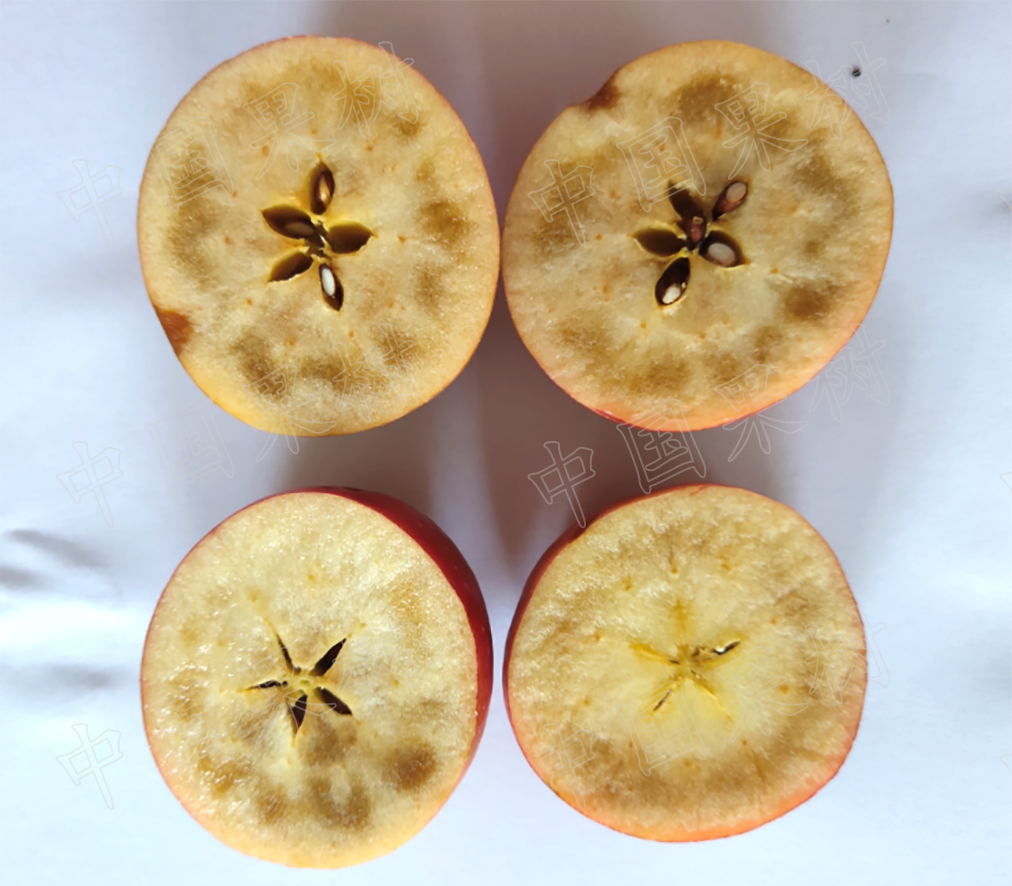
Figure 3 Symptoms of tissue browning during storage
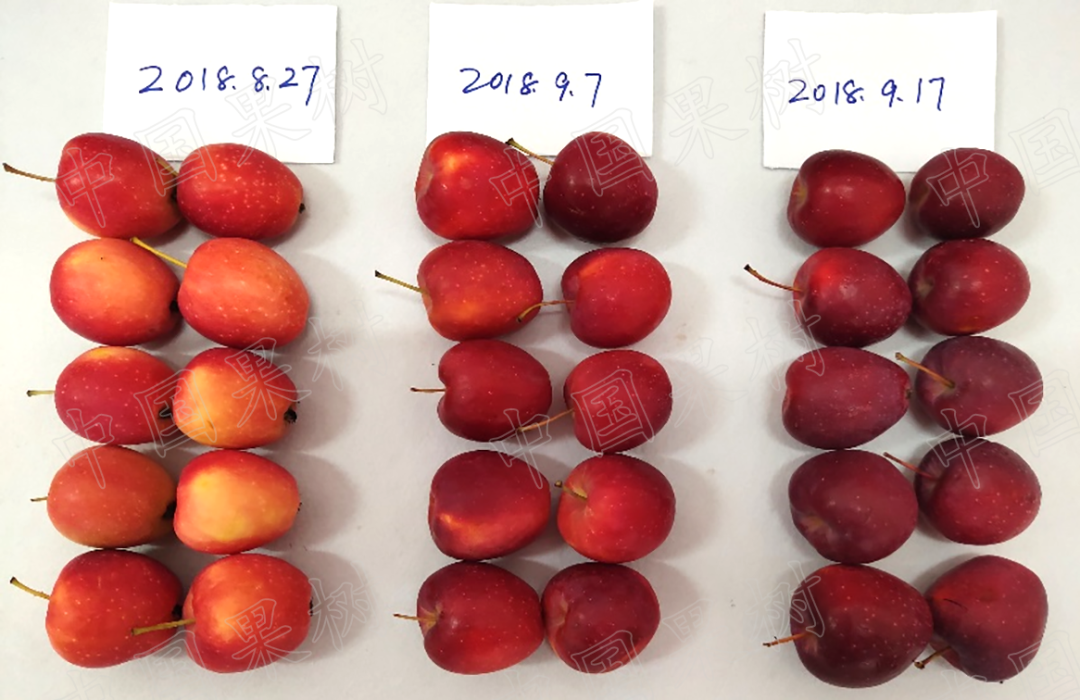
Figure 4 Apples of different maturity or harvest period
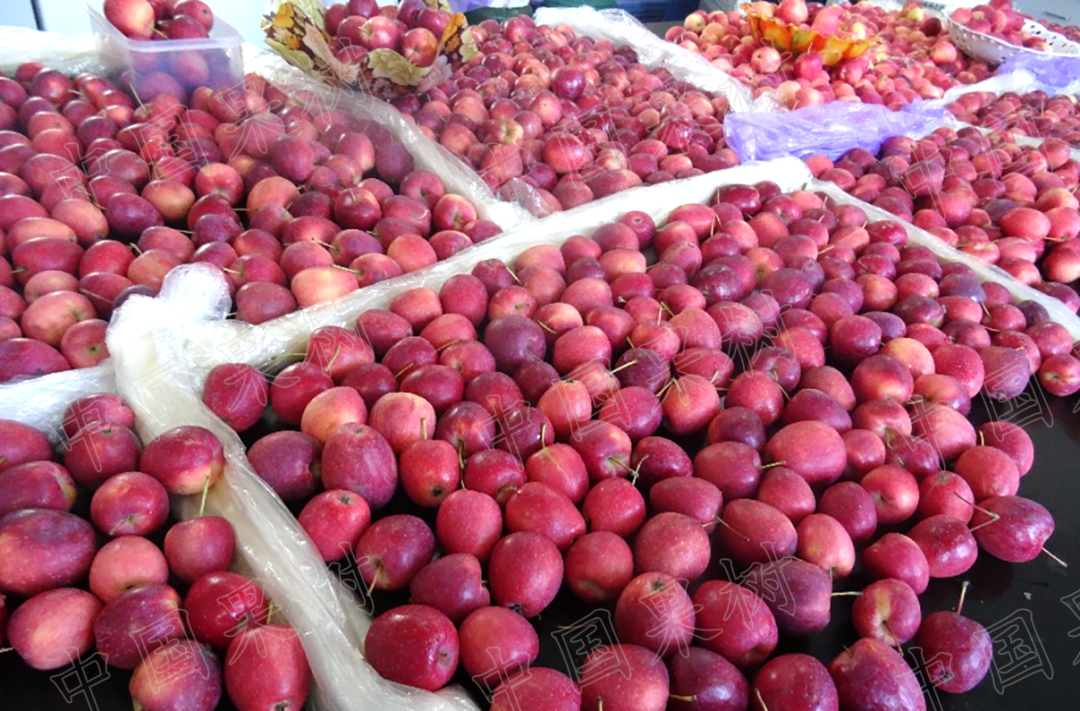
Figure 5 120d storage effect of fruits harvested from September 7 to 8
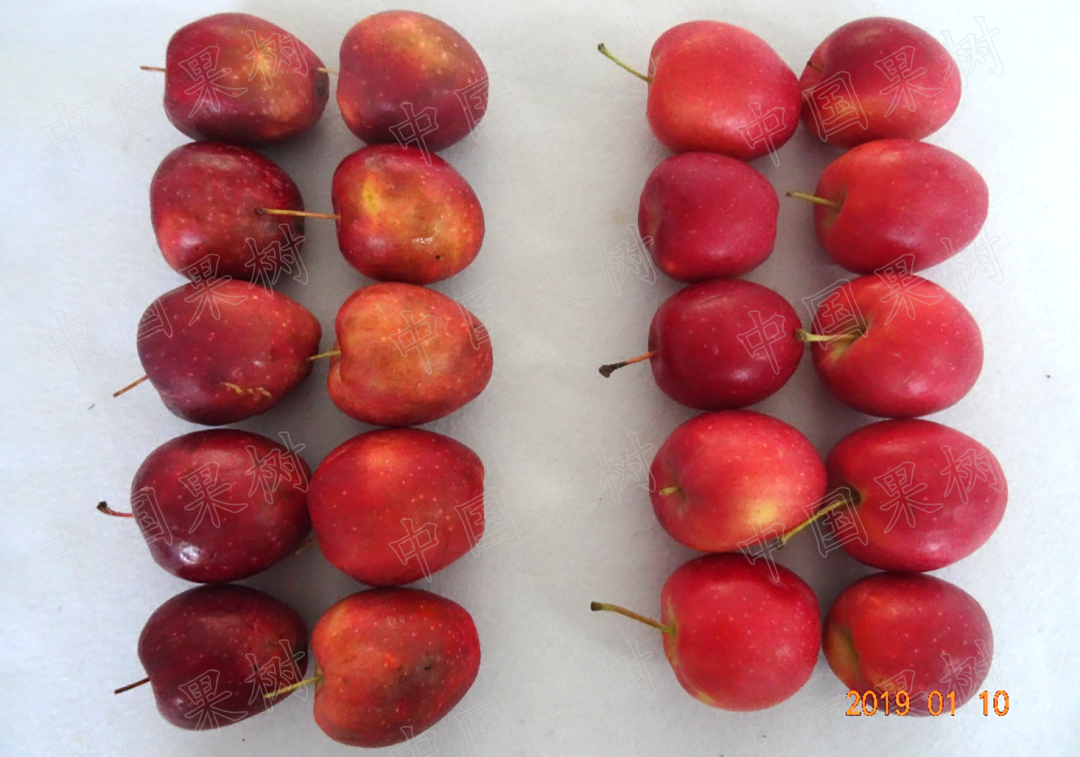
Figure 6 The effect of delayed pre-cooling on the later stage of fruit storage (120d)(Left: no pre-cooling, right: pre-cooling)
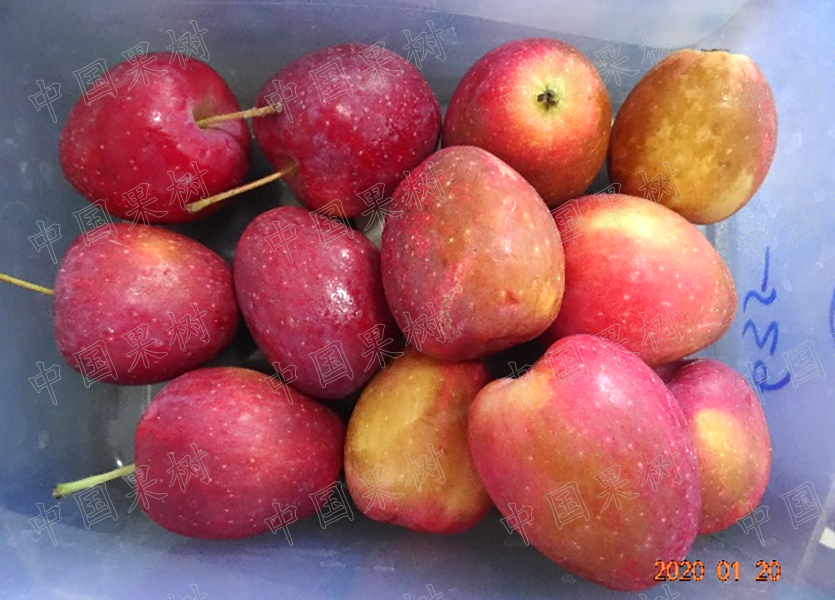
Figure 7 The effect of low temperature on the browning of fruit during storage
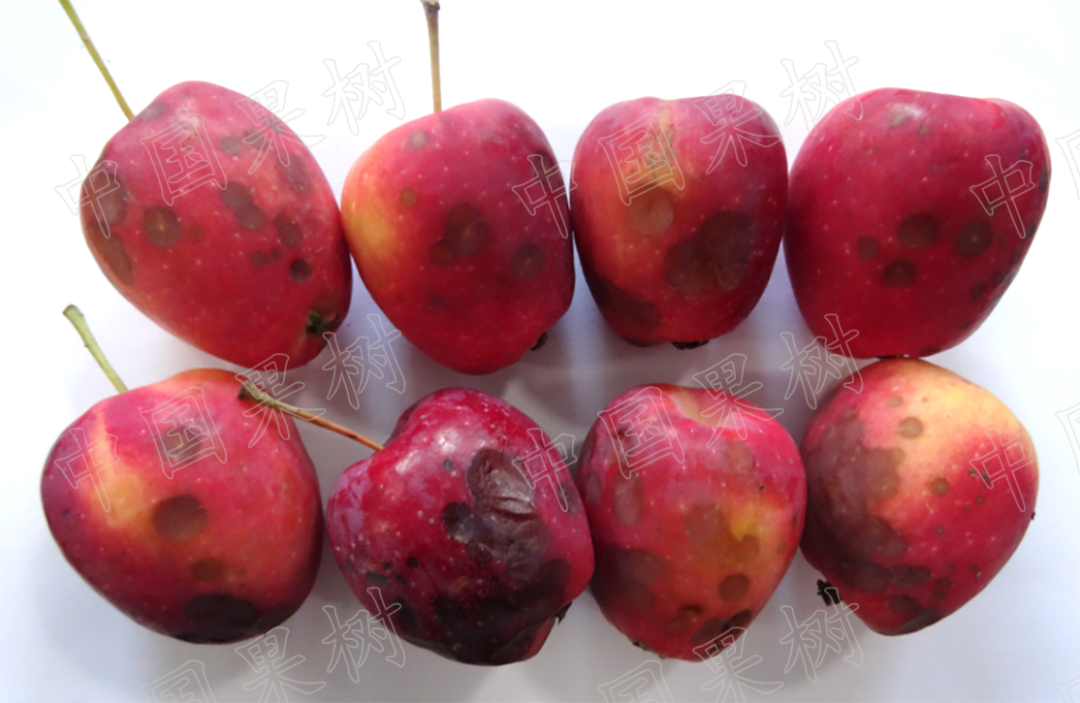
Figure 8 Relative air humidity more than 90% causes fruit rot in the later storage period
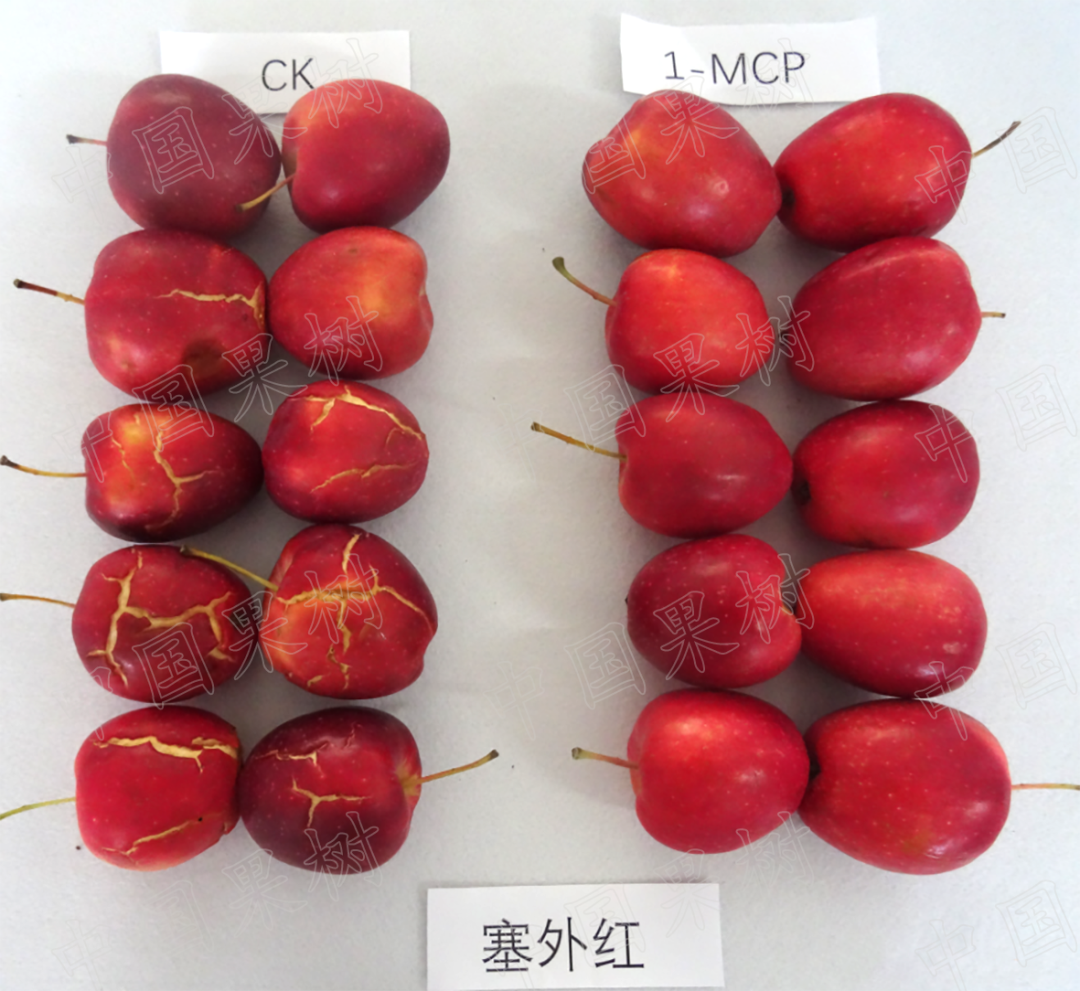
Figure 9 Storage for 120d, 1-MCP+MAP preservation effect
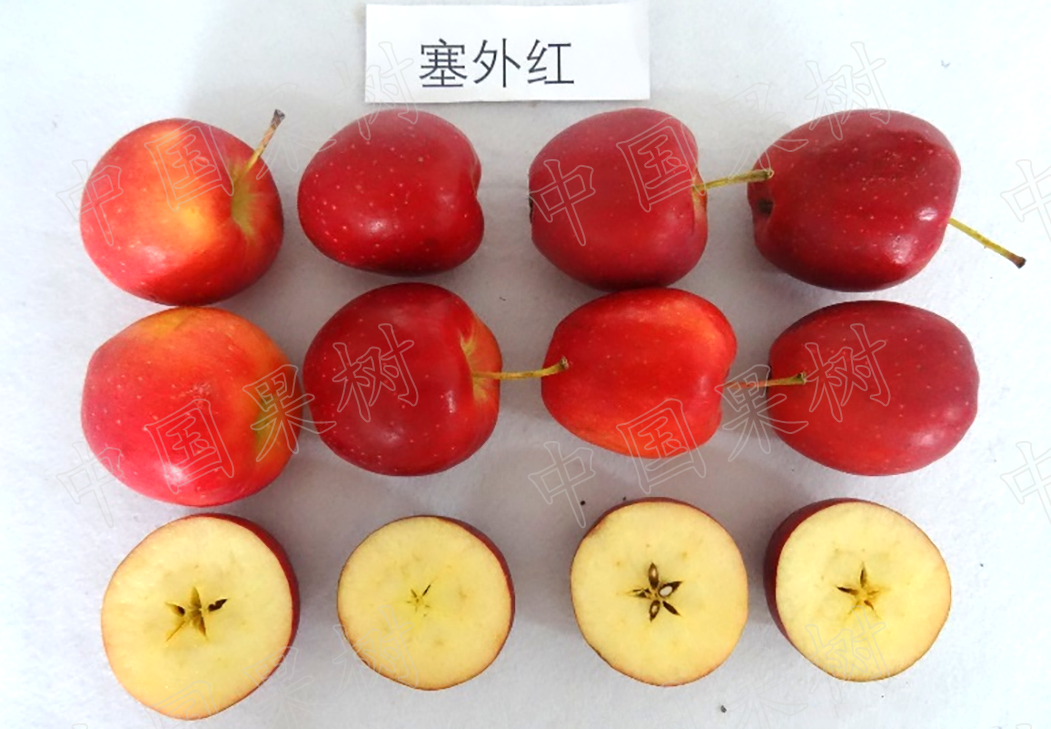
Figure 10 Appearance and internal performance of 1-MCP-treated fruit stored for 120d + shelf for 4d


